The views expressed in our content reflect individual perspectives and do not represent the authoritative views of the Baha'i Faith.
In 1967, the Harlem Preparatory School opened in an old armory with forty-nine students—over 200 had applied—and by the end of the year the enrollment topped seventy students. The efforts of that first year bore fruit when all 70 of Harlem Prep’s students were accepted to colleges: the State University of New York, Fordham University, Berkeley, New York University, Wesleyan University, Vassar College, Utica College, and Park College.
With the help of that initial success and funding from the Mosler Foundation, Union Carbide, the Urban League, the Astor Foundation, the Ford Foundation, and Coca-Cola, the school took up its permanent home in a refurbished supermarket with new furniture donated by the designer Herman Miller. The new space allowed the school to substantially increase its student size. The interior had a large open layout with a huge skylight through which light flooded in. The curriculum had a flexible design which included student input. The schedule was modular, with classes of varying lengths.
Most importantly, the Board of Harlem Prep found a dynamic leader in the Baha’i educator Ed Carpenter, who had the heart and the power to inspire others with a vision of improving the lives of young people. He didn’t see the students as ‘dropouts’ but rather as ‘force-outs,’ kids who had been pushed out by the indifference and tedium of the public system. Along with Ed, his capable wife, Ann, was worked tirelessly organizing the tedious details of school administration such as schedules, teacher training/supervision, and materials. The key to Harlem Prep’s success, Ed told the New York Times, came from teachers with “an unshakeable faith that the students can make it.”

Hussein Ahdieh and Ed Carpenter
I heard about Harlem Prep because of my friendship with Ed and his wife Ann, who were both Baha’is, and whom I liked and admired greatly. One couldn’t help but feel that way about both of them and be inspired by their vision for young people. My experience as an immigrant trying to eke out a living in hot and crowded kitchens, and the vilification I had weathered as a Baha’i in a small Iranian Shi’a Muslim town, made me open to trying to understand the struggle of black Americans against racism and the Jim Crow state. Later, several of my idealist Iranian college friends who went with me to the March on Washington during the summer of ‘63 became inspired to consider this same kind of movement in Iran.
I brought to Harlem Prep the fruits of the excellent, traditional and demanding education I had received in Iran, along with a Baha’i’s natural openness to the spirit of the times with its paradigm-breaking ideas and approaches. When it came to education, I was a pragmatist, willing to wholeheartedly support the philosophy of Harlem Prep if it could advance the lives of young people.
My views were influenced by the Baha’i teachings, which emphasized the innate goodness in all human beings and their potential which could be realized through education:
Man is the supreme Talisman. Lack of a proper education hath, however, deprived him of that which he doth inherently possess. Through a word proceeding out of the mouth of God he was called into being; by one word more he was guided to recognize the Source of his education; by yet another word his station and destiny were safeguarded. The Great Being saith: Regard man as a mine rich in gems of inestimable value. Education can, alone, cause it to reveal its treasures, and enable mankind to benefit therefrom. – Baha’u’llah, Gleanings from the Writings of Baha’u’llah, p. 346.
I was also inspired by distinguished Baha’i educators. Dr. Stanwood Cobb founded the Chevy Chase Country Day School in 1919, and served as president of the Progressive Education Association which emphasized experiential learning, critical thinking, collaboration, social responsibility, and a more personalized form of education. Dr. Daniel Jordan developed a wholly new educational model, ANISA, in the 1960s-70s, which took a holistic approach to education that sought to transmit knowledge in a cohesive, forward-looking framework grounded in reality and experience.
I started out at Harlem Prep as a math teacher, but was soon appointed assistant headmaster. In that position I hired faculty; kept the place running by applying for funding; managed the facilities; organized the visits of officials, dignitaries and guests who wished to see this experimental school first hand; and put out the many fires that came up during the regular day of a start-up school in a rough area. Once, a young man with a gun came into the school, angry at a student who owed him $20. I approached him in a friendly manner, and he responded with “You’re no director!” I gave him the $20, and he left. Later, he came back to the Prep as a student!
The education Harlem Prep offered, to kids the traditional educational system had thrown away, proved tremendously successful. It took a generation of poor, disadvantaged inner city dropouts and transformed them into college graduates. Today they lead companies, institutions and educational systems themselves, their inner treasures available for all to see.
Next: Sacrificial Education: For the Good of Others


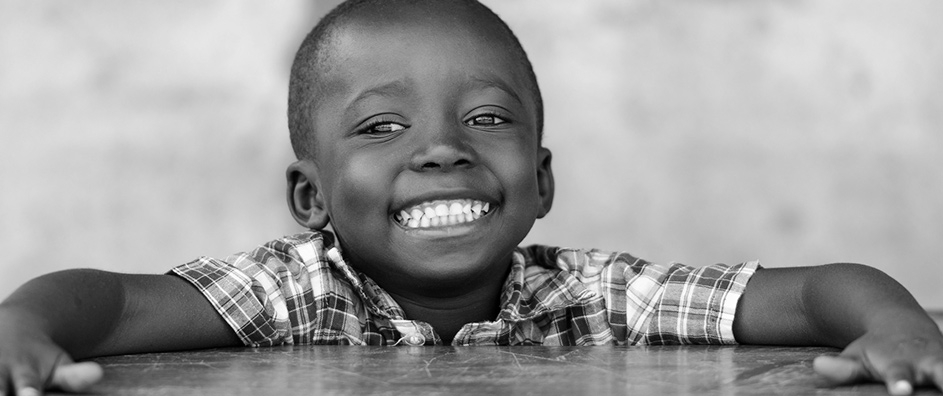
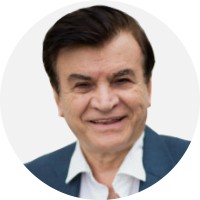


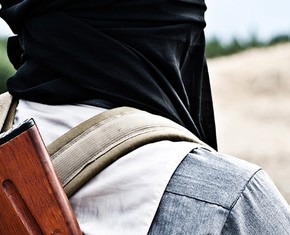


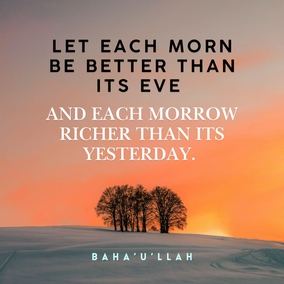
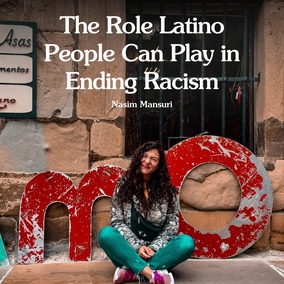





Comments
Sign in or create an account
Continue with Googleor